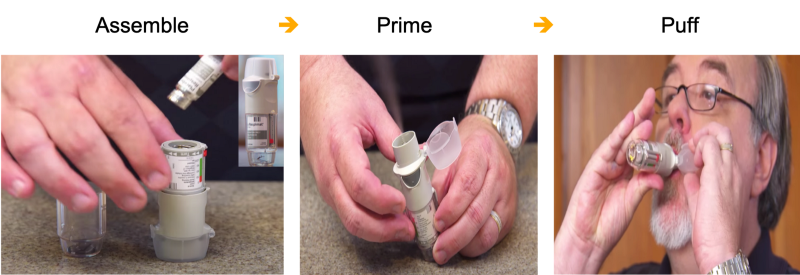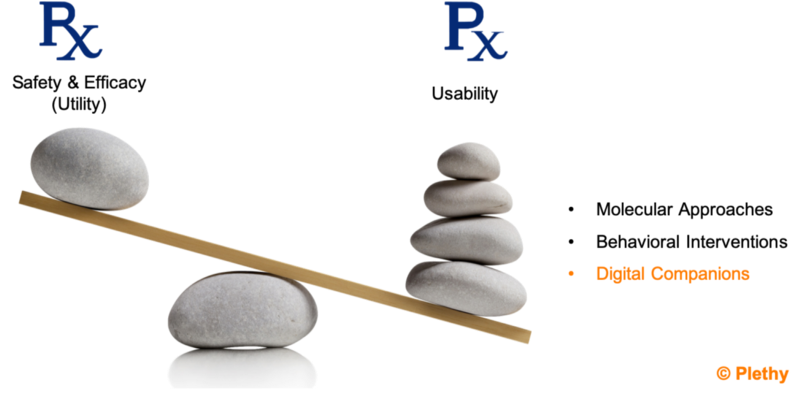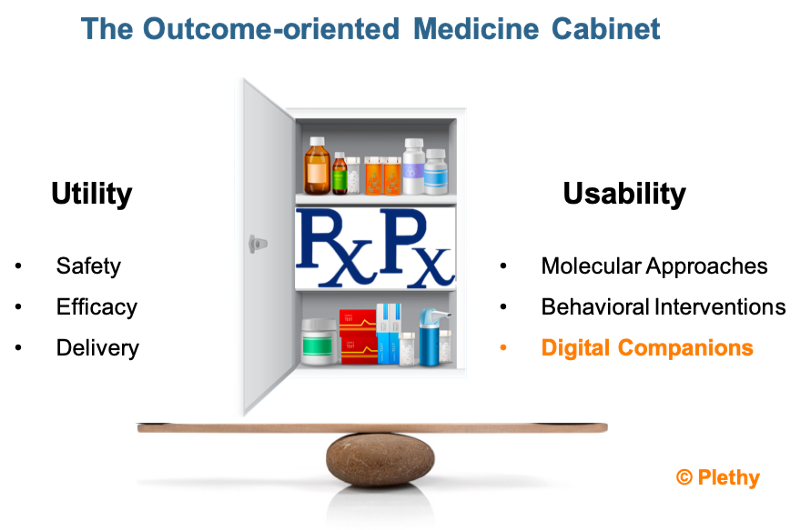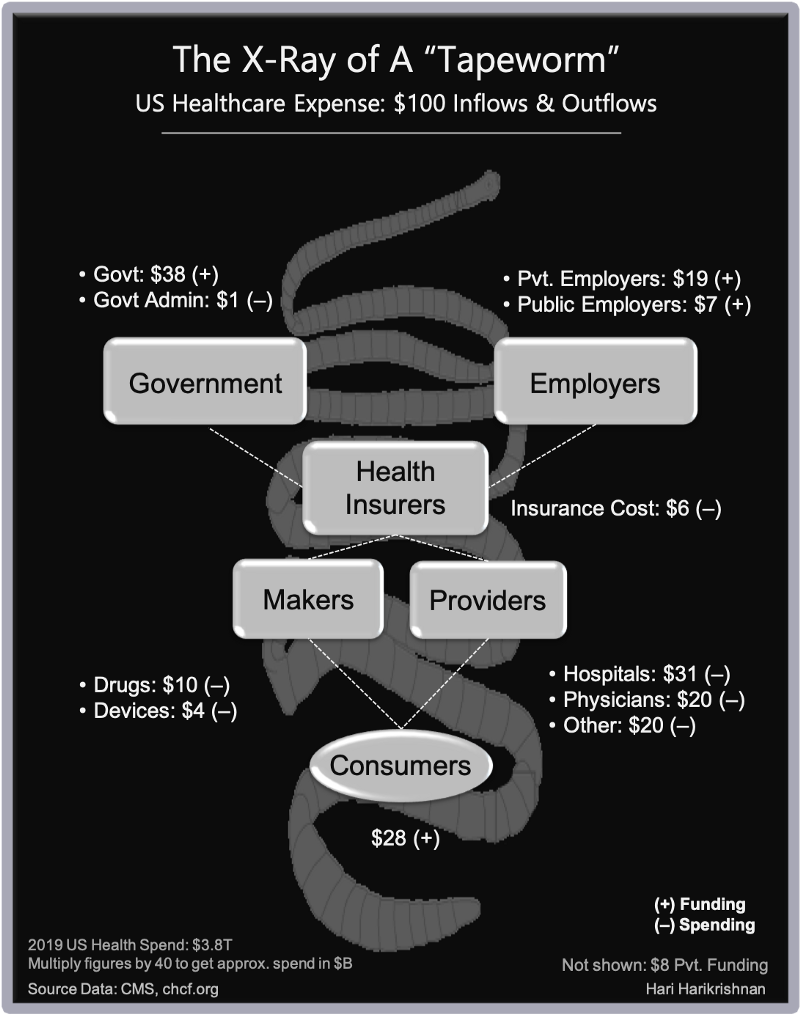
In part I of this series on “Rx to Px” (Prescription to Patient eXperience), I discussed how telemedicine and remote care delivery is transforming our day-to-day experience at doctors’ offices. In part II of “Rx to Px” (Going Beyond the Surgery for Better Outcomes) we looked at patient experience from surgical procedure to recovery — on how our health system can go beyond surgery, improve patient experience, and consequently ensure better recoveries.
In this post, let’s examine if we can improve the Px (Patient eXperience) for classic prescription meds (“scripts”).
Lack of Med Adherence — Tale as Old as Time
Half of us do not take medications as prescribed. Hence this ancient message to all physicians:
“..not only be prepared to do what is right himself, but also to make the patient…cooperate”. — Hippocrates.
Reasons range from our perception about meds (worry, fear, mistrust) to cost and lack of awareness. Areas that are constantly being improved for better adherence include the stages of prescription, pharmacy-dispensing, and ongoing education.
But, are we going farther upstream in making the drugs themselves?
Meds: A Classic UX Design Problem
We know meds are designed for safety and efficacy first. If we were to argue for changing the design center of Rx to Px, one might get laughed out of the room, unless it was tied to safety or efficacy.

However, if Rx is not filled and taken by us, outcomes won’t be achieved.
Shouldn’t experience be a consideration on its own merit?
An Example — A Great Inhaler
I came across this novel inhaler that is a great delivery system for asthma/COPD patients to inhale multiple drugs in one puff.
The instructions that came with it were a bit IKEA-esque — a DIY-feel requiring a routine of assembly, priming, and finally puffing — as shown below.

I didn’t doubt the ingenuity of the drug delivery in the least, but wondered if patients with less dexterous hands could perform the assembly.
I was pleasantly surprised to find this:
The COMBIVENT RESPIMAT inhaler has been certified by the Arthritis Foundation for Ease of Use.
Kudos to its maker Boehringer Ingelheim for making the balance between drug delivery and usability a priority in design! That’s design-thinking.
More Approaches? Molecular and Digital?
Emphasis on usability and Px may find us look for alternative options beyond just education and diplomatic encouragement.

More user-friendly formulations that affect taste and solubility (why does it always have to be some cliched bitter pill?)
How about digital companions for support beyond the caring human?
The Medicine Cabinet — Reimagined
Can we bring Rx and Px into the same medicine cabinet to drive better outcomes? Can utility and usability be blended at design?

At Plethy, we believe that digital platforms like Plethy Recupe should serve up the entire treatment plan to patients and contextualize the medication plan for patients, to drive engagement, experience, and better outcomes.
Therein lies our vision of bridging the chasm between Rx and Px. No doubt, it will take a village to achieve it.
— — * — — * — —
Stay tuned for more posts in this series on the evolution in healthcare from Rx to Px. Checkout Plethy for how continuous care can be delivered in Orthopaedics and surgical recovery journeys can be made impactful.
Published By Cerebrus
Originally published at https://www.linkedin.com.





